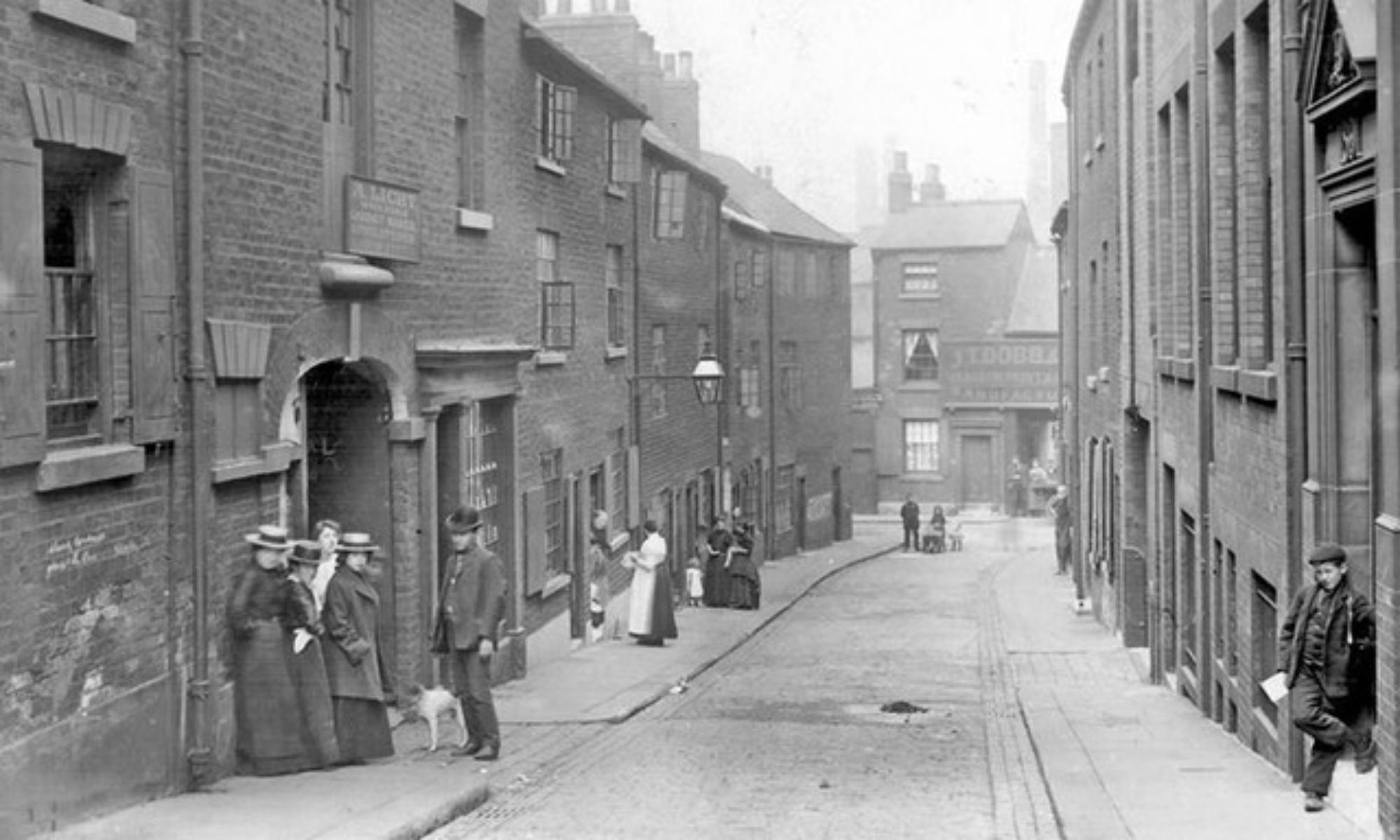EPISODE 179
 W
W
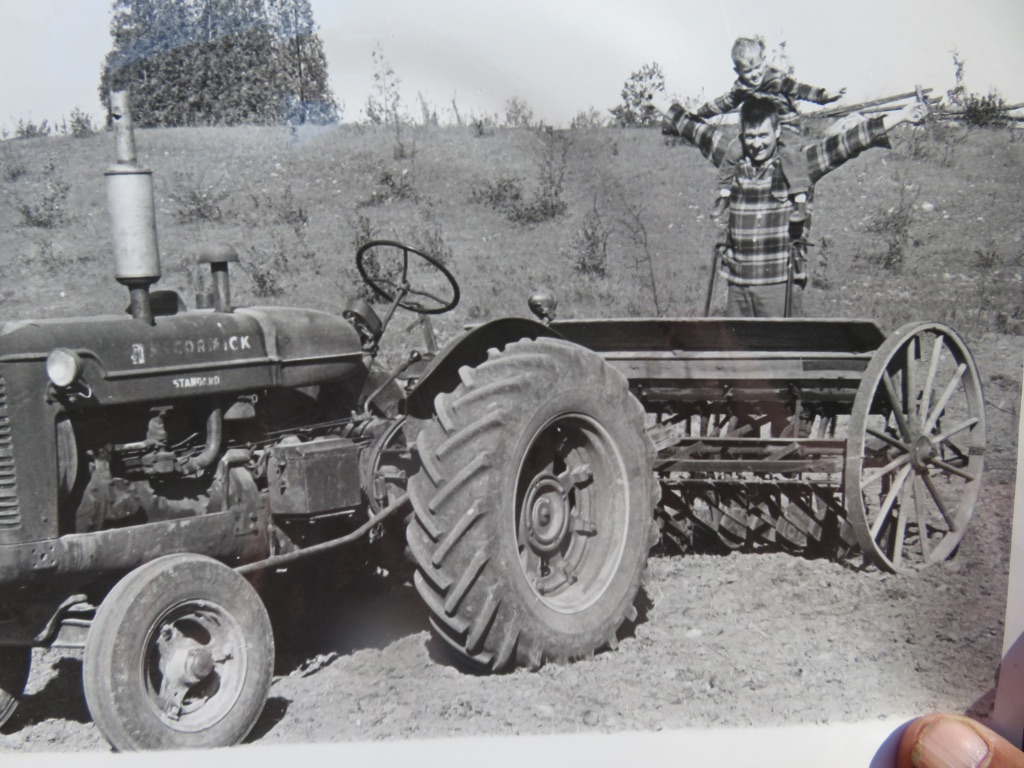
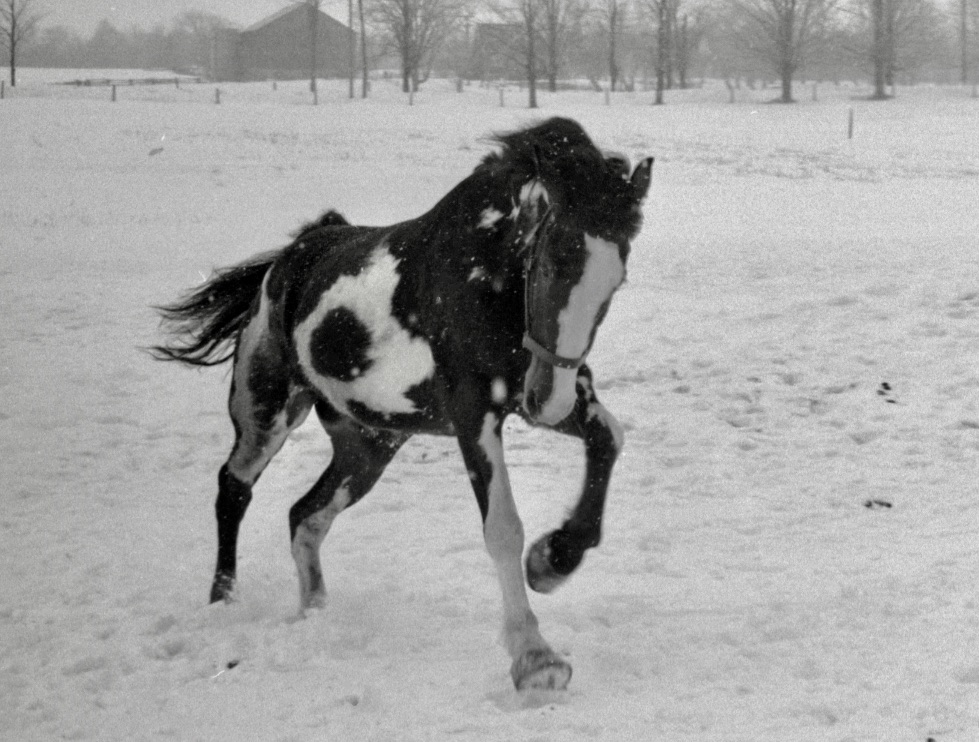
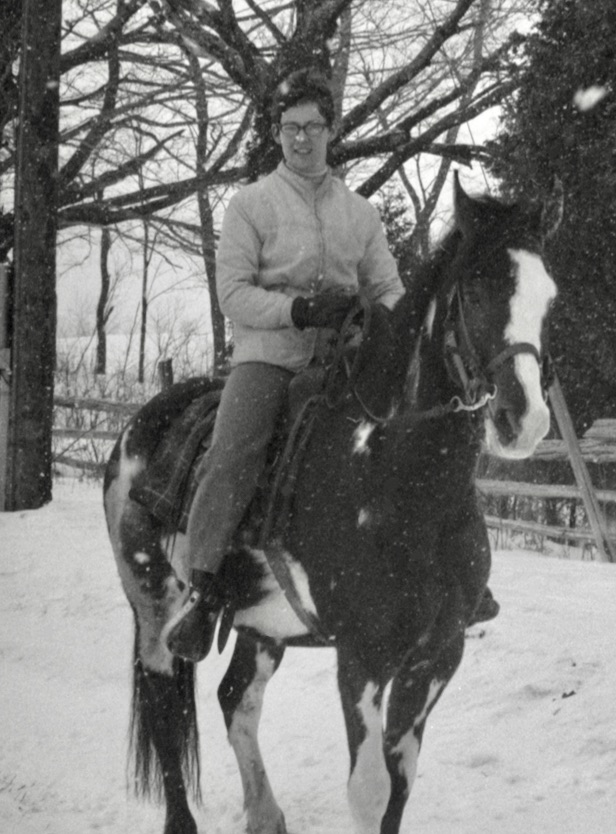
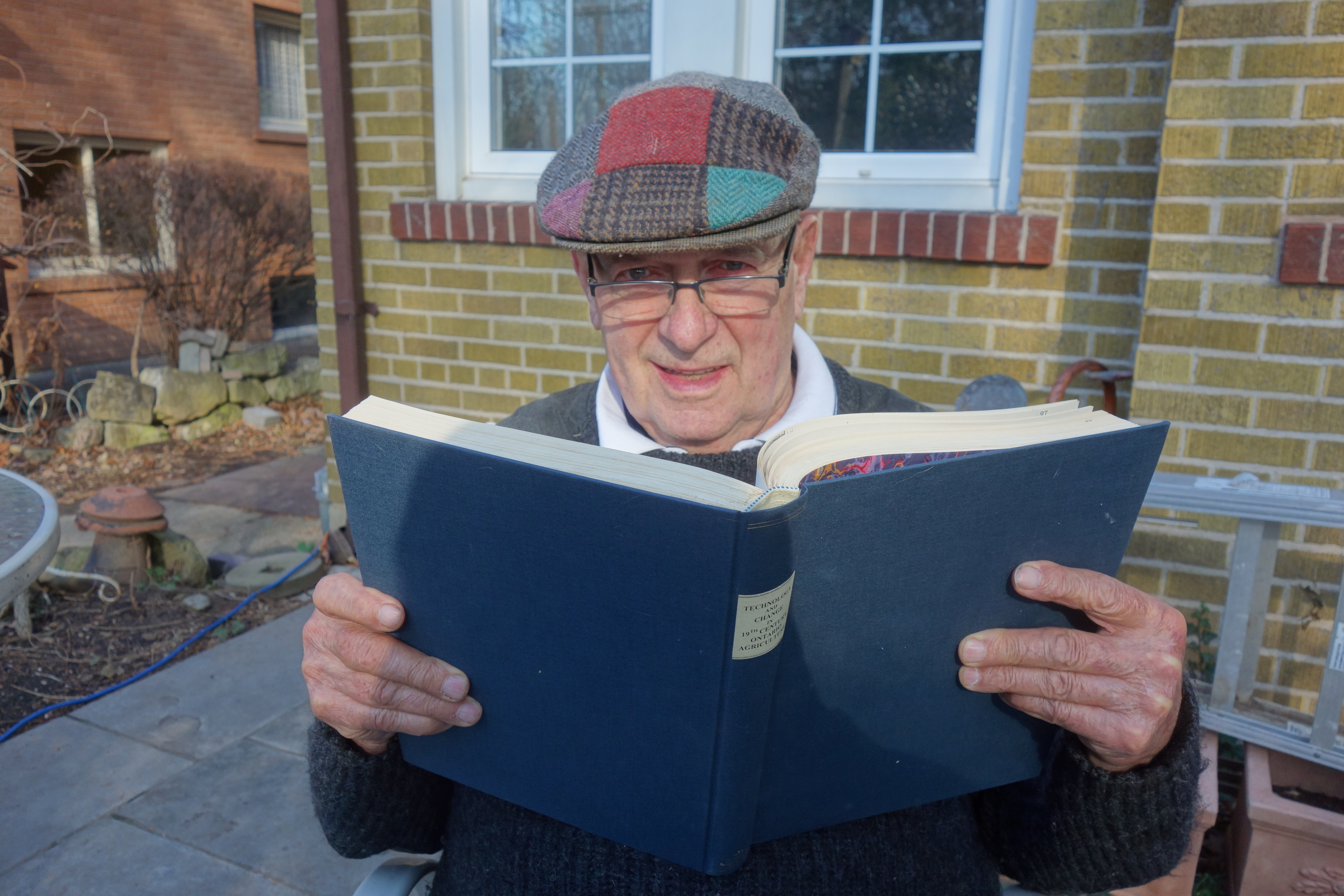
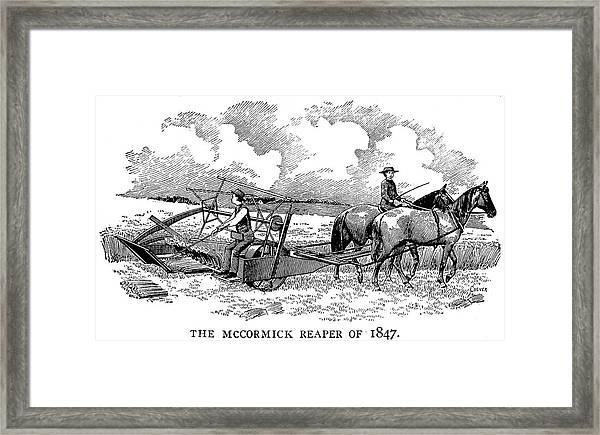

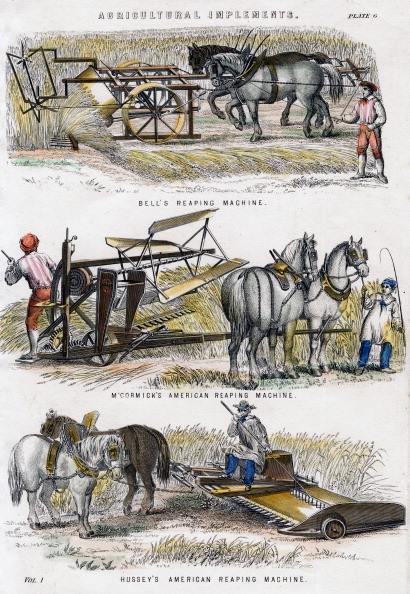
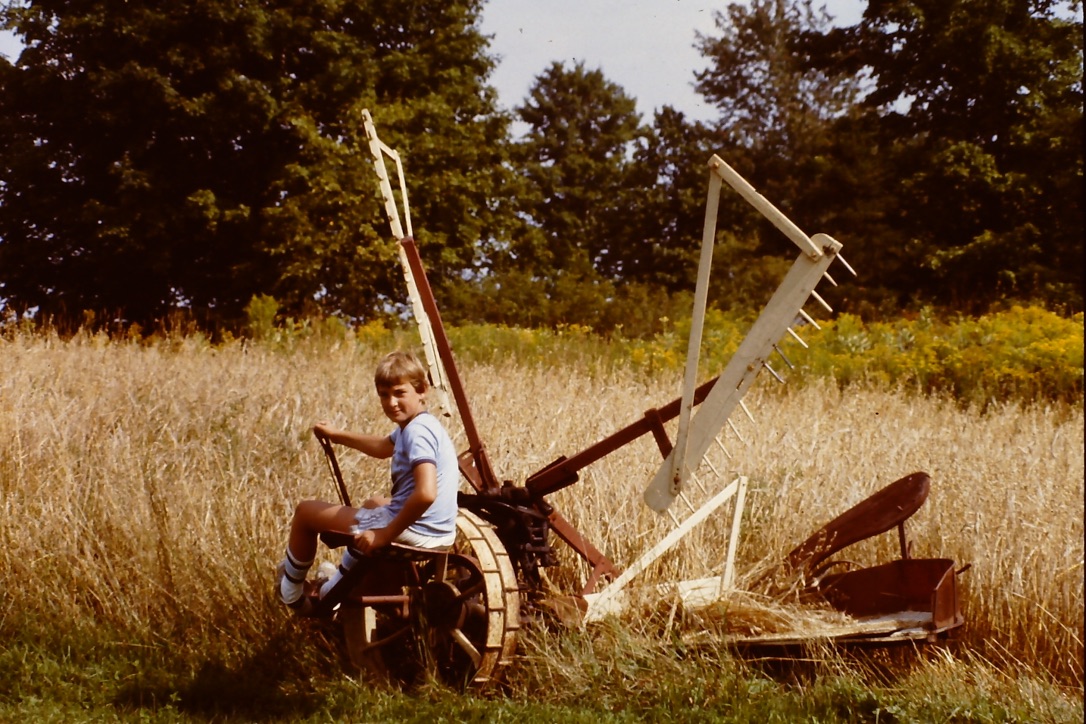
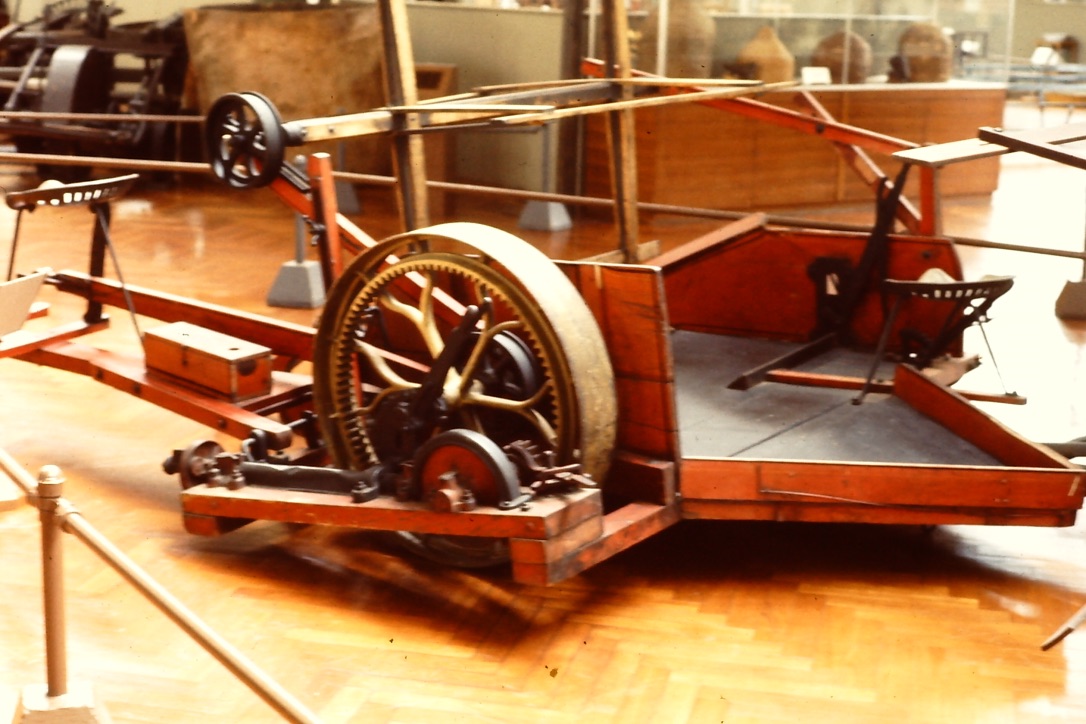
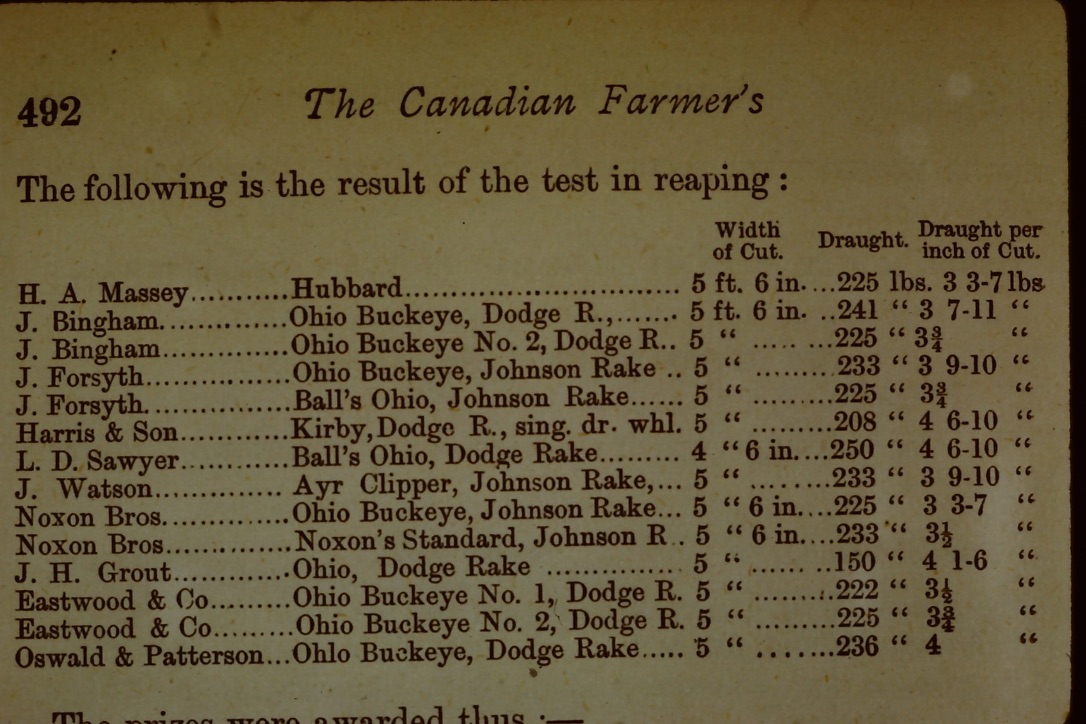
alan skeoch
Nov. 2020
CONCLUSION OF REAPER STORIES: JAMES SKEOCH ON REAPER IN 1932.
SERENDIPITY: SURPRISING WHEN SEEMINGLY RANDOM EVENTS COME TOGETHER IN A MEANINGFUL WAY
This final Episode on the history of reapers is special to me. In 1932, the Fergus News Record published a picture of my grandfather
James Skeoch reaping his grain field with an old but still operational reaping machine which owed its existence to the Cyrus MCCormick
invention a century earlier in 1831. The copy of the Fergus News Record is dated November 10, 1932, and had been mailed to his eldest son,
John Skeoch, who was farming near Keeler, Saskatchewan. Eventually this farm covered 3,200 acres.
 W
W
Can you read the stencilled name on this aged IHC W6 tractor.?” McCormick” ! The International Harvester Company made a large assortment of machines for
farming. That began with the McCormick Reaper but did not stop there. They eventually made tractors…good tractors… short turning featured for small fields.
This International Harvester Tractor , IHC W6, was built in 1953. Cost $400 at Mr. Smith’s auction
near Guelph and drove it cross country to our Erin township farm. I will never forget that trip
on cold November day. exhilarating. Proud owner of one of the great machines of agriculture. A McCormick W6 tractor.
The road trip was long and detour laden. I thought I was absolutely alone. Then, En route, I met our horse,
Spartacus, running towards me hell ben for election…saddled but no rider. He was heading to his first home
and away from ours. He had a length of rusty barbed wire attached to his tail. Terrified. What should I do? I kept
driving and eventually met Marjorie who had been thrown. She corralled Spartacus eventually. Why tell you this? Because we
had continuous rural adventures. (Spartacus was the son of an estrogen mare whose story will eventually
become an Episode.)


That’s Kevin on my shoulders. Marjorie made us duplicate clothes. Behind the tractor is a
seed drill which is there jus for show. Like most of my farm machines, it was no longer functional.
AN APOLOGY TO CYRUS MCCORMICK:
Let me start by apologizing to Cryus McCormick and his corporation. Remember that lawsuit where Cyrus
felt he was overcharged $8.75 for his wife’s baggage on the New York Railroad. The lawsuit lasted 20
years. Made Cyrus look cheap and bull headed. Perhaps wrongly so. I did not mention the value
of $8.75 in today’s cash. Turns out to be over $300. Is the collection of that amount worth a 20 year lawsuit?
IN my presentation of Cyrus McCormick I may have miscast him. For 20 years he fought a court battle
charging the New York Railroad had overcharged his wife by $8.75. Today, November 1920, that amount
of money will get you a hamburger, chips and a soft drink. In short it will get very little. Hardly worth
a 20 year court battle. Right? Maybe. But $8.75 in 1850 had over $300 in purchasing power. ($10 in 1850
was worth $333.83 in today’s purchasing power). I would still argue the court battle was not worth
the cost and the energy.
So this is a good time to put all these events together. The result makes the Skeoch connection seem larger
than is warranted. Way larger. Keep that in mind.
1) The ‘goddamn’ rock ruined Uncle Norman’s Massey Harris combine harvester. Combine Harvesters remain the
pinnacle of grain harvesting technology.
2) I researched and wrote a 300 page manuscript on machine designs in agriculture, particularly from 1850 to 1891. M.A., U. of T., 1975
3) phone call from Mellon Bank of New York asking us to restore a (replica) 1832 McCormick Reaper
4) Many trips to the Ford Museum in Dearborn, Michigan, where Peter Cousins was collections curator
5) Began to research Patrick Bell, Scottish inventor of an earlier grain reaper that was never patented
and remained on the Bell farm until purchased by the Science Museum in London, England. (In storage
at present but may be on display in the future)…visit to London, England, to see the Bell Reaper when it
was a feature display.
6) Restoration of the replica model of the McCormick Reaper with was crated and sent air freight
to the Ulster Folk Museum in Northern Ireland where McCormick was born.
7) Along the way, I discovered that Patrick Bell travelled to Fergus, Upper Canada, in 1851 where
the two Skeoch boys, James and John, (migrated in 1846) were farm boys. I speculated that they may have seen
each other in Fergus…but never knew each other. Patrick Bell, by then, was a Christian minister
and also a teacher of children of Adam Ferguson, founder of Fergus.
8) The Patrick Bell diaries and notes exist in Scotland but have not been published to my knowledge.
9) Copy of Fergus News Record, Nov. 10,1932, features James Skeoch (my grandfather) using a reaper
to cut grain. The machine was considered obsolete by then which made a news story.
Through the years Marjorie and I have purchased and stored dozens of machines relevant to
the history of agriculture. We developed a particular interest in fanning mills because those
machines could easily fit inside our Ford Van. Fascinating history of these machines to come in later episode.
Fascinating to whom? Good questio.
Around 1990 the North American movie industry became very active in the Toronto
and region. Our collection of 19th and 20th century artifacts began to be demanded which
led to the incorporation of Skeoch Enterprises Limited.
LET US NOT GET SILLY
But let us not get silly The connection between the great inventors of the 19th
century like Patrick Bell and Cyrus McCormick and the Skeoch farmers is not even
tenuous. The connections is as thin as one strand of a spiders web.
We were the users of machines like the reaper and the combine harvester.
We were not the makers. And there is one hell of a difference between inventing and
making a machine as opposed to buying and using a machine. Keep that in mind, Alan.

JUST imagine if your student turned in a 300 page essay for you to mark? A copy of my thesis in hand…as bound via Jim Hunter.
SOME ILLUSTRATED COMMENTS


THE PATRICK BELL REAPER

THE BIG THREE REAPER INVENTORS
At a farm sale outside Milton I was able to buy this “SAIL” reaper. It worked. But is now a pile of scrap iron.

It looked better with Kevin sitting on the drivers seat. Adding a seat to the replica reaper was one improvement.
This was called a ‘sail reaper’ because the reel was removed and a sweeping toothed sail of four wooden rakes added.

When Cyus McClintick lost his patent monopoly a great man reaper began to appear. All of them improved as above

This will give you some idea of the variety of reaper manufacturers that appeared in Ontario after the McCormick patent ended.
alan skeoch
Nov. 2020
